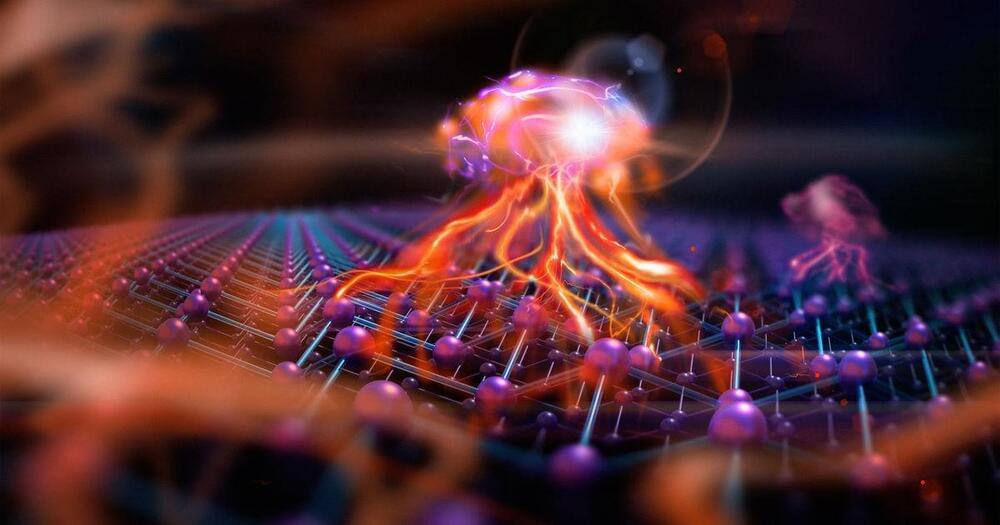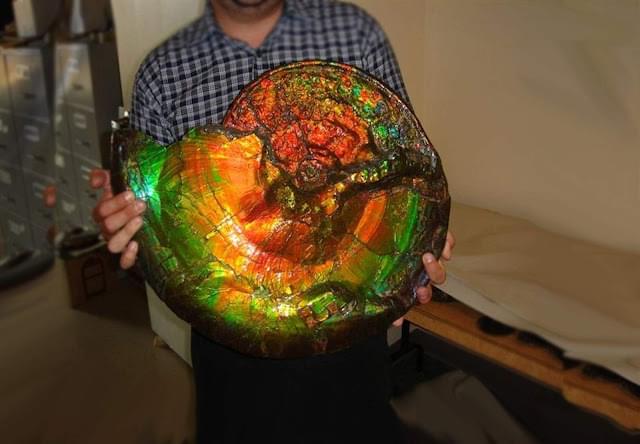At Europe’s Spaceport near Kourou in French Guiana, technicians are busy getting the James Webb Space Telescope (JWST) ready for launch. The observatory arrived at the facility on Oct. 12th and was placed inside the upper stage of the Ariane 5 rocket that will carry it to space on Nov. 11th. The upper stage was then hoisted high above the core stage and boosters so that a team of engineers could integrate them.
Unfortunately, an “incident” occurred shortly after when the engineers attempted to attach the upper stage to the launch vehicle adapter (LVA) to the launch vehicle. According to a NASA Blogs post, the incident involved the sudden release of a clamp band (which secures the JWST to the LVA), which sent vibrations throughout the observatory. According to NASA, this incident could push the JWST’s launch date (slated for Dec. 18th) to Dec. 22nd.
A NASA-led anomaly review board was immediately convened to investigate the unexpected development and recommend how to proceed. The board recommended that additional testing be instituted to “determine with certainty” that the incident did not damage any components. NASA also indicated that it and its mission partners would provide an update when the testing is completed, which is expected to be by the end of this week.




